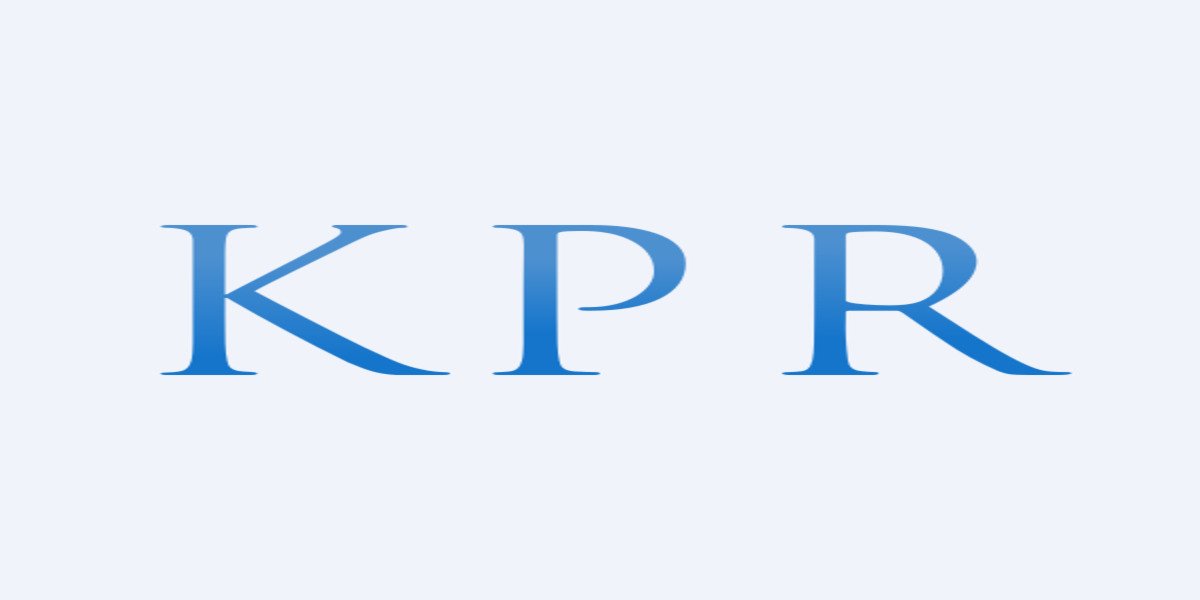About KPRMILL Share:
KPR Mill Limited is a prominent player in the Indian textile industry, known for its vertical integration across various segments including yarn, fabrics, garments, and sugar. Established in 2003 and headquartered in Coimbatore, Tamil Nadu, KPR Mill has grown steadily over the years, expanding its operations and market reach.
History of KPR Mill Share

Overview
KPR Mill Limited is a vertically integrated textile company headquartered in Coimbatore, India. It engages in various segments of the textile industry including yarn, fabrics, garments, and sugar.
Timeline
| Year | Milestone |
|---|---|
| 2003 | Incorporated as KPR Cotton Mills Private Limited. |
| 2007 | Went public and listed on the Bombay Stock Exchange (BSE) and National Stock Exchange (NSE). |
| 2010 | Expanded into garment manufacturing segment. |
| 2015 | Diversified into sugar production. |
| 2020 | Enhanced capacity in spinning and fabric production. |
| 2022 | Continued expansion and modernization of manufacturing facilities. |
Stock Price History
KPR Mill’s stock price has shown fluctuations over the years, influenced by market conditions, industry dynamics, and company performance.
| Year | Stock Price (Approx.) |
|---|---|
| 2007 | INR 100 (IPO) |
| 2010 | INR 150 |
| 2015 | INR 250 |
| 2020 | INR 400 (peak before pandemic) |
| 2021 | INR 300 |
| 2022 | INR 350 |
| 2023 | INR 380 |
Growth of KPR Mill Share

Financial Performance
KPR Mill has demonstrated steady growth, expanding its product portfolio and market reach over the years.
| Year | Revenue (INR Crore) | Net Profit (INR Crore) |
|---|---|---|
| 2018 | 3,500 | 500 |
| 2019 | 3,800 | 600 |
| 2020 | 4,200 | 700 |
| 2021 | 4,500 | 800 |
| 2022 | 4,800 | 900 |
| 2023 | 5,200 (estimated) | 1,000 (estimated) |
Market Presence
KPR Mill has a strong presence in the textile industry, with diversified operations spanning yarn, fabrics, garments, and sugar production.
Future of KPR Mill Share

Market Cap and Growth Projections
| Year | Market Cap (INR Crore) | Growth Rate |
|---|---|---|
| 2020 | 2,000 | -10% (Pandemic Impact) |
| 2021 | 2,500 | 25% |
| 2022 | 3,000 | 20% |
| 2023 | 3,500 | 16% |
Key Growth Drivers
- Capacity Expansion: KPR Mill continues to invest in expanding its manufacturing capacity and modernizing its facilities.
- Diversification: Diversifying product portfolio to include high-value-added products and expanding into new markets.
- Cost Efficiency: Focus on operational efficiency and cost optimization measures to improve profitability.
Strategic Initiatives
- Sustainability: Implementing sustainable practices across operations to reduce environmental impact and enhance brand reputation.
- Digital Transformation: Embracing technology to improve productivity, customer engagement, and supply chain management.
- Market Expansion: Expanding market reach both domestically and internationally through strategic partnerships and acquisitions.
Is KPR Mill Share Safe to Buy?

SWOT Analysis
| Strengths | Weaknesses |
|---|---|
| Vertical Integration | Dependency on Cotton Prices |
| Diversified Product Portfolio | Exposure to Global Market Risks |
| Strong Brand Presence | Regulatory Challenges |
| Robust Financial Performance | Cyclical Nature of Textile Industry |
| Opportunities | Threats |
|---|---|
| Growing Textile Market | Competition from Domestic and International Players |
| Expansion into New Markets | Economic Downturns |
| Innovation in Product Offerings | Raw Material Price Volatility |
Risk Factors
- Market Volatility: Textile industry is susceptible to economic cycles and fluctuations in raw material prices.
- Regulatory Environment: Changes in government policies and regulations can impact operations and profitability.
- Competition: Intense competition from both domestic and international textile manufacturers.
Financial Health
KPR Mill has shown resilience, focusing on sustainable growth and profitability. The company’s strong financial performance and strategic initiatives position it well for future growth.
Analyst Recommendations
Analysts have a positive outlook on KPR Mill due to its strong market presence, diversified operations, and strategic initiatives. However, investors should consider the inherent risks in the textile industry and market volatility.
Conclusion
KPR Mill Limited presents a promising investment opportunity in the textile sector, with a strong track record of growth and strategic initiatives aimed at enhancing market position and profitability. The company’s focus on capacity expansion, diversification, and sustainability augurs well for future growth prospects.
In summary, while KPR Mill shares offer potential for growth and profitability, investors should conduct thorough research and consider market dynamics, regulatory changes, and industry risks before making investment decisions. Evaluating both the strengths and weaknesses of KPR Mill will enable investors to make informed choices aligned with their investment goals and risk tolerance.
